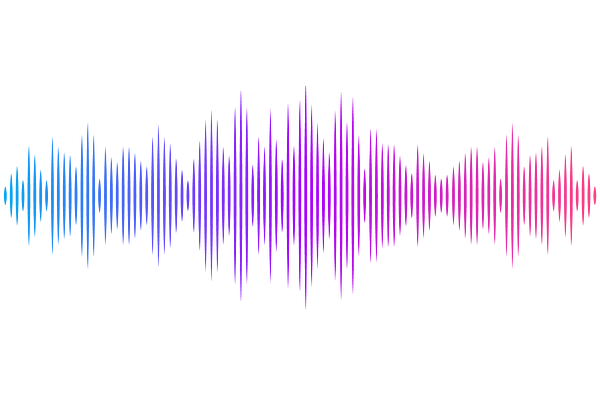Growing the Intermediate-mass Black Hole in Omega Centauri

Growing the Intermediate-mass Black Hole in Omega Centauri
Elena González Prieto, Carl L. Rodriguez, Tomás Cabrera
AbstractThe recent detection of fast-moving stars in the core of Omega Centauri ($\omega$ Cen), the most massive globular cluster (GC) in the Milky Way, has provided strong evidence for the presence of an intermediate-mass black hole (IMBH). As $\omega$ Cen, is likely the accreted nucleus of a dwarf galaxy, this IMBH also represents a unique opportunity to study BH seeding mechanisms and their potential role in the formation of supermassive BHs. We present Monte Carlo $N$-body models of $\omega$ Cen with detailed treatments for the loss cone dynamics involving stars, binaries, and compact objects. Starting with BH seeds of $500-5000 \, M_{\odot}$ (consistent with runaway collisions of massive stars), our cluster models grow IMBHs with masses of $\sim50{,}000 \, M_{\odot}$ after 12 Gyr, while successfully reproducing the present-day surface brightness and velocity dispersion profiles of $\omega$ Cen. We find a population of fast stars similar to those observed in the core of $\omega$ Cen, with the fastest stars originating from binaries that were tidally disrupted by the IMBH. The IMBH growth is primarily driven by mergers with $30-40 \, M_{\odot}$ BHs, suggesting a present-day IMBH-BH merger rate of $\sim(4-8)\times10^{-8}~\rm{yr}^{-1}$ in $\omega$ Cen-like GCs. Our models also predict a similar rate of tidal disruption events ($\sim5\times10^{-8}~\rm{yr}^{-1}$) which, depending on the frequency of $\omega$ Cen-like GCs per galaxy, may represent anywhere from $0.1\%$ to $10\%$ of the observed TDE rate.